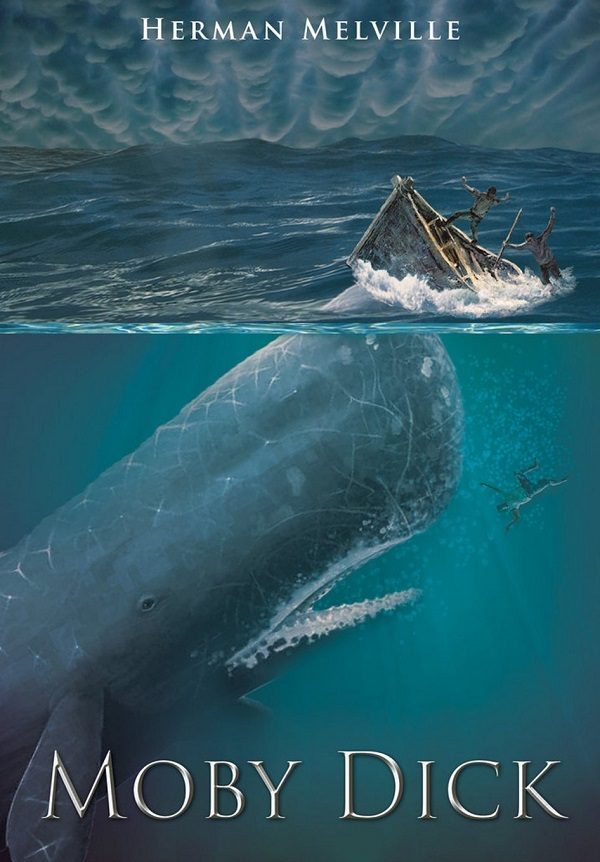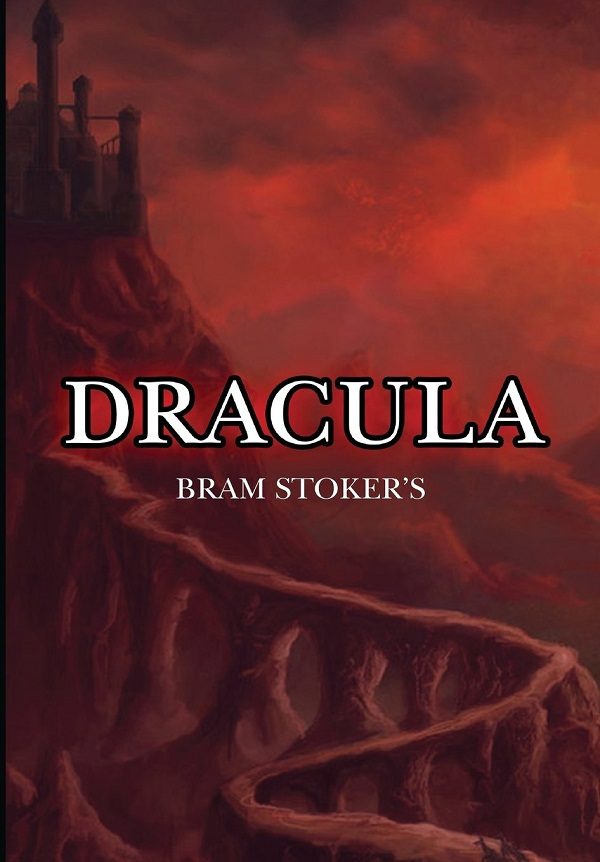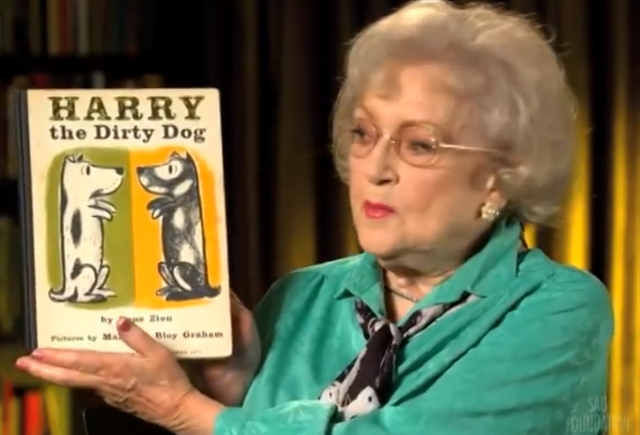Inspiration comes in many different forms. Some writers are inspired by dreams, some by emotions, and some find inspiration in real life. Here are three classic novels that were inspired by true stories:
1. Moby Dick by Herman Melville
Moby Dick is more than just a story about a man and a whale: it’s an allegory for the destructive power of single-minded obsession. You might argue that Moby Dick transcends reality, but it actually has its roots in reality as well. Part of Herman Melville’s inspiration for the most extreme “the one that got away” story of all time was his personal experiences aboard the Acushnet, a whaling ship that sailed around Cape Horn in the early 1840’s. Melville was also inspired by an account in New-York Monthly Magazine of an aggressive albino sperm whale dubbed “Mocha Dick” that terrorized whaling ships in the Pacific. However, the one source of inspiration for Moby Dick that stands out is the incredible true story of the whaling ship, the Essex.
In 1820, an aggressive sperm whale bull struck and sank the Essex, stranding 20 men on a small whaleboat in the Pacific Ocean with limited supplies. They were adrift for more than three months, ran out of food and water, and were forced to cannibalize seven dead crewmates before the survivors were rescued. Herman Melville met one of the surviving crewmates of the Essex aboard the Acushnet; he either heard the story straight from the source, or he may have read firsthand accounts written by the ship’s first mate or cabin boy. Either way, in 1851, thanks to a story of survival at the cost of humanity, he published the immortal tale of a monstrous whale named Moby Dick. The tale of the Essex was also recently adapted into a movie called In The Heart of the Sea.

Source: Amazon
2. Crime and Punishment by Fyodor Dostoyevsky
In Crime and Punishment, St. Petersburg resident Rodin Raskolnikov is down on his luck when he comes up with a plan to kill a crooked pawnbroker and steal her money. He is successful at committing the crime, but the fear of being caught combined with the psychological need to confess begin to eat away at him. He copes by attempting to justify himself: he gives away the money to someone in need and tries to convince himself that he did the world a service by ridding it of one more unscrupulous character. He tries to brush it off as an act of nature, clinging to a nihilistic worldview in which lives are meaningless in the larger scale of things. But in the end, he is not able to escape his guilt and the crime eventually catches up to him.
If Raskolnikov’s rationalizations seem uncomfortably close to those used by real criminals, the reason may be because he was, in fact, based on a real-life figure of notoriety. Before he published Crime and Punishment, Dostoyevsky happened to stumble across the case of French writer and murderer Pierre François Lacenaire. Like Raskolnikov, Lacenaire committed a double-murder for the promise of money and attempted to justify his crimes by pointing at the unfair nature of the world. In 1865, when Dostoyevsky first began to work on Crime and Punishment, he was also desperate for money; perhaps, in some way, he saw his own demons reflected in Lacenaire.

Source: Amazon
3. Dracula by Bram Stoker
Many of you might already know the true story behind the fictional vampire, Dracula. As for the rest of you, get ready for one gruesome history lesson. Dracula was based on a 15th-century Hungarian prince named Vlad III, son of Vlad II Dracul. He ascended to the throne of Wallachia, a region of Romania north of the Danube, after his father and older brother were assassinated. It was when he was defending Wallachia from Turkish forces that he first discovered his taste for impaling people on vertical spikes. Not just soldiers, but innocent men, women, and children as well. He didn’t just want to defeat his enemies: he wanted to terrify them.
Although some scholars have argued that “Vlad the Impaler” was no more cruel than his contemporary political leaders (and that’s a scary thought in itself), he became the central figure of many disconcerting stories. Legends claimed that he liked to dine next to his impaled, dying victims and he had a fondness for either drinking human blood or washing his hands in it before he ate. Bram Stoker combined these stories with legends about bloodsucking creatures native to Vlad’s homeland, and thus, the vampire Dracula was born.

Source: Amazon
Did you find the truth behind these classic stories stranger than fiction?
YouTube Channel: Top5s
Featured image via Wiki Commons



